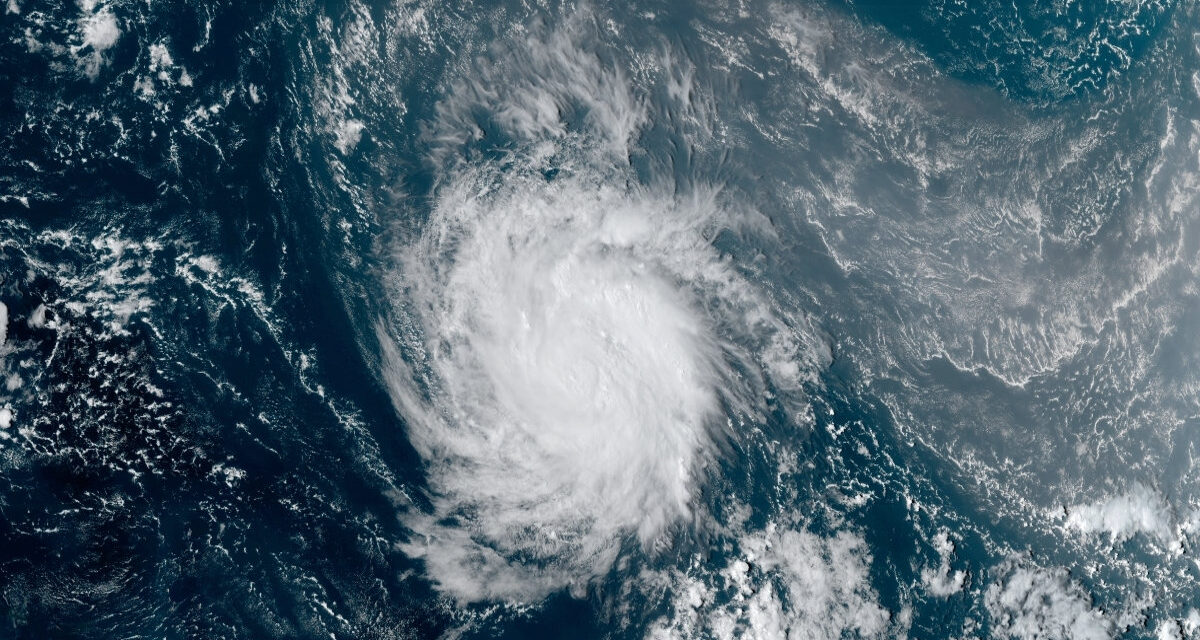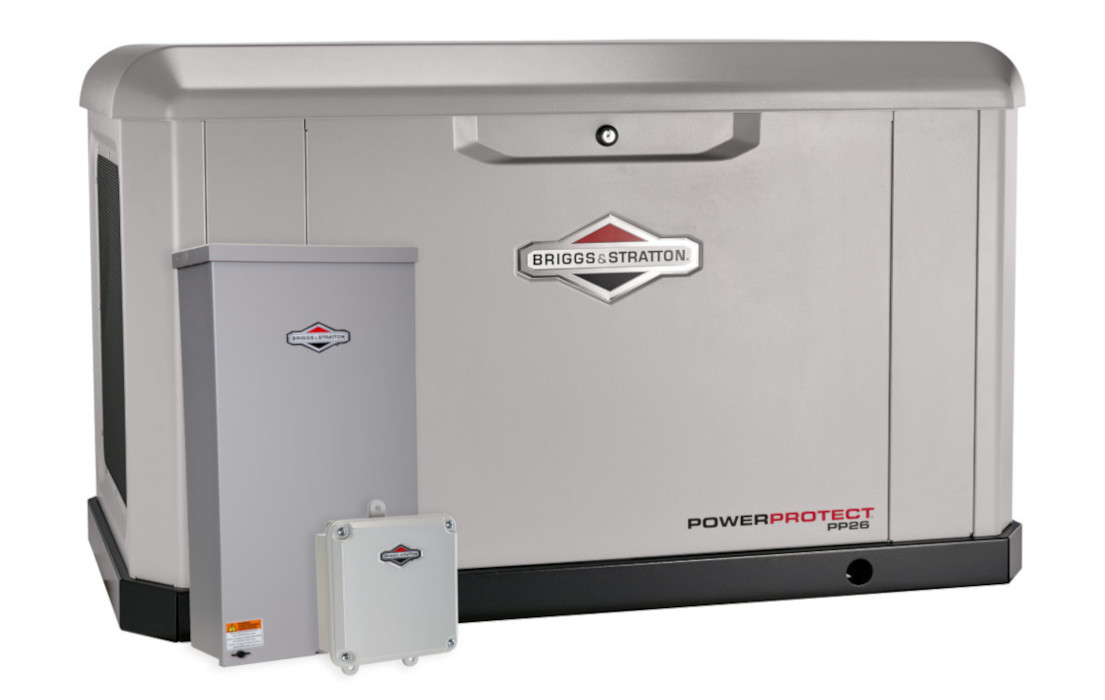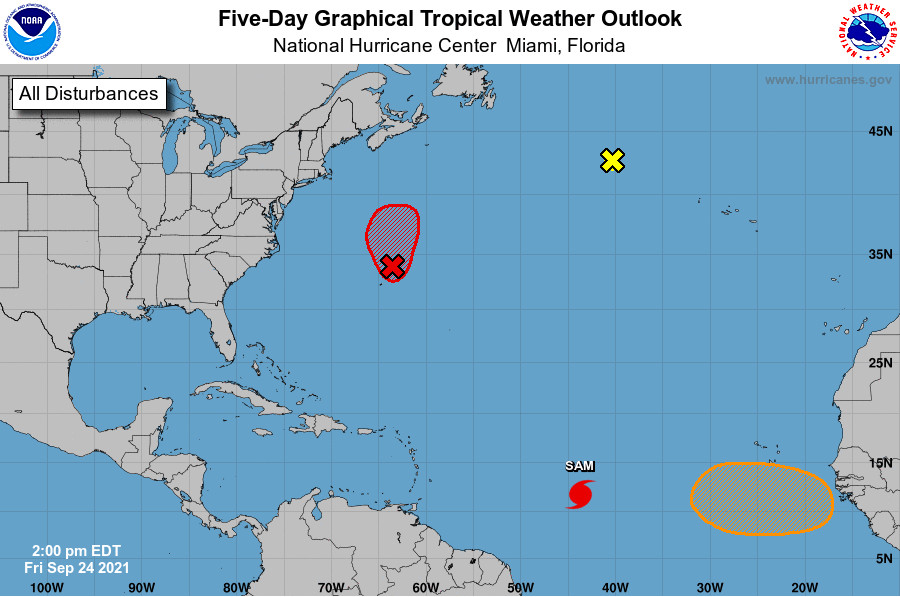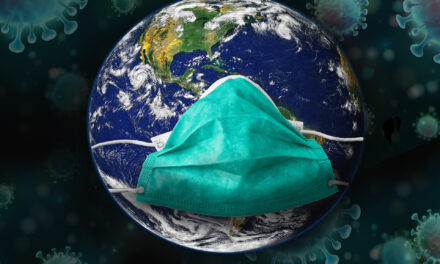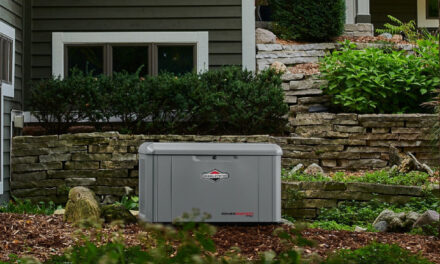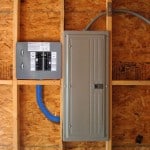Hurricane Sam over the central tropical Atlantic on September 24, 2021. Forecasters expect the category 1 hurricane to rapidly intensify and become a category 3 or category 4 storm over the weekend. NOAA GOES East Satellite Imagery
18th Storm of 2021 Could Impact Caribbean—East Coast—Bermuda—Canada
Hurricane Sam, the 18th named storm of the 2021 Atlantic Hurricane Season, began on September 22 as a tropical wave off the African Coast southwest of the Cape Verde Islands. The tropical wave organized into Tropical Depression Eighteen and was declared a tropical storm on Thursday, September 23. The storm rapidly intensified overnight and became a hurricane on Friday morning. Forecasters expect continued rapid intensification through tomorrow. Sam may become a Category 3 or Category 4 major hurricane on Saturday or Sunday.
7 Hurricane Preparedness Checklists
As of Friday, September 24, Hurricane Sam’s forecast track takes it well north of the Leeward Island on Wednesday. However, the 5-day outlook has considerable error and the storm could brush by the islands late Tuesday and Early Wednesday.
It is too soon to forecast if Hurricane Sam will threaten the East Coast, the Greater Antilles and Bahamas, or Bermuda. Much depends on the weather over the United States next week, including the position of the jet stream. The long-range outlook suggests a dip in the jet stream may set up over the East Coast early next week and steer the storm into the North Atlantic. That scenario could send Sam at Bermuda or Atlantic Canada.
Best Portable Generator for Home Use Buyer Guide
If the jet stream sets up further west, that could allow Sam to steer closer to the Caribbean and the East Coast. A move into the Gulf appears unlikely at this time but is not out of the realm of possibility if Sam skirts by Puerto Rico, the Dominican Republic and Haiti, and Cuba.
It is not too soon for those along the East Coast to begin Hurricane Preparedness in anticipation of a landfall late next week or into next weekend.
2pm EDT 24 September -- NHC is monitoring 3 other systems in the Atlantic basin in addition to #Sam.
— National Hurricane Center (@NHC_Atlantic) September 24, 2021
The biggest change is with the system currently NNE of Bermuda, which now has a high probability (70%????) of becoming a Subtropical or Tropical Storm.https://t.co/m9946DGzPQ pic.twitter.com/HaHUGpaiPJ
7th “S” Storm Since 1960s
Hurricane Sam is the seventh “S” named storm in the satellite era which began in the 1960s.
- Hurricane Sandy 2012
- Hurricane Sally 2020
- Hurricane Sebastien 2019
- Tropical Storm Sebastien 1995
- Hurricane Stan 2005
- Hurricane Shary 2010.
A low-pressure region north of Bermuda appears is becoming more organized. Winds of 40-45 MPH are above tropical storm strength, but it does not yet have tropical characteristics. That could change today or tomorrow as the system moves north. A tropical storm could form later today or tomorrow.
Home Standby Generators Start/Run Automatically in Hurricanes
The chances for the gale-force non-tropical low associated with the remnants of Odette have diminished to almost zero. Thunderstorms have dissipated and strong upper level winds should prevent further development. The National Hurricane Center expects this system to dissipate as it moves south about 600 miles west of the Azores.
A new tropical wave is emerging off Africa on the heels of Hurricane Sam. Conditions in this region are good for development and a tropical depression could form next week. This system will move west for the next few days toward the western Caribbean Islands.
Portable Generators for Home Use
More than two months remain in the 2021 Hurricane Season. Updated outlooks from various tropical research sources include up to 25 named storms. Accuweather expects the season to exhaust the names from the annual list and use several names from the new supplemental list.
The remaining names for this year include Teresa, Victor, and Wanda. The first names on the supplemental list are Adria, Braylen, and Caridad.
Hurricane Preparedness
- Hurricane Hazards and Risk Factors
- Make a Hurricane Evacuation Plan
- Hurricane Preparedness Kits and Supplies
- Hurricane Insurance Checkup and Updates
- Prepare Your Home for Hurricanes
- Help Neighbors with Hurricane Preparedness
- Complete Your Hurricane Preparedness Plan
- Emergency Preparedness Tips
- How to Prepare for a Power Outage
- 10 Tips to Survive a Hurricane Disaster
- FEMA Recommends a Generator
- Hurricane Disaster Preparedness
@FEMA offers #Generator #Chainsaw Reimbursements following #HurricaneIda for southeast Louisiana Parishes. 3 Weeks after Ida, 80,000 customers still without power. #PowerOutagehttps://t.co/r20T2wdJ5k pic.twitter.com/vDG3uPDBIH
— Norwall PowerSystems (@NorwallPowerSys) September 15, 2021
#Sam is now a #hurricane - the 7th of 2021 Atlantic season to date. The long-term (1991-2020) average date for the 7th Atlantic hurricane formation is 16 November. pic.twitter.com/4FJY4qA0WR
— Philip Klotzbach (@philklotzbach) September 24, 2021
The onset of a La Nina in the Eastern Pacific Ocean will affect the end of this season and next season with more storms than usual. La Nina is the cooler phase of the El Nino Southern Oscillation.

